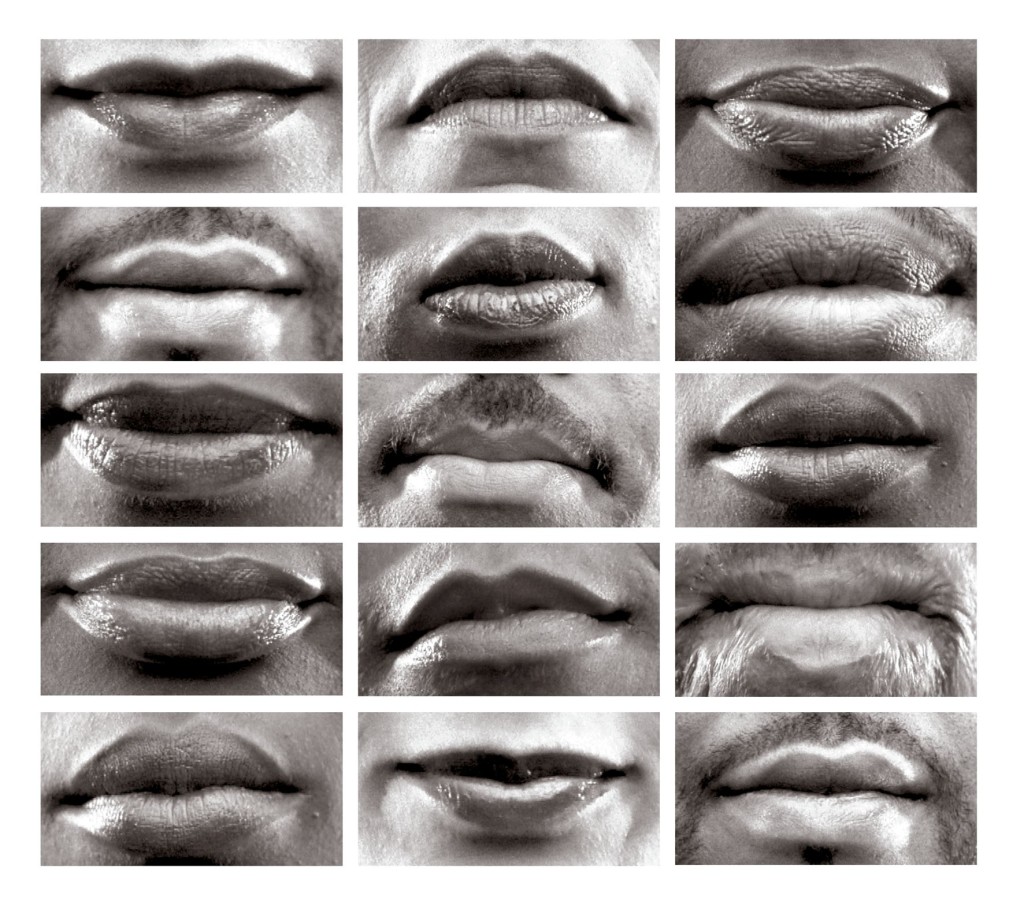
Black Box: Lorna Simpson
Baltimore Museum of Art
Till August 31, 2014
Free exhibition
The power of Lorna Simpson’s video installation lies in its choir of 15 voices gently humming the melody “Easy to Remember,” a haunting song about love and loss. Within the tranquil, flowing meditation, individual interpretations of the song emerge as we hear unique intonations. One of the highlights of the BMA’s contemporary collection, Easy to Remember appeals to viewers “to recognize the common humanity that unites us all,” said Curator of Contemporary Art Kristen Hileman.
Simpson is one of the leading artists of her generation whose work has been widely collected and exhibited by such institutions as the Museum of Modern Art in New York, Walker Art Center in Minneapolis, and Irish Museum of Modern Art in Dublin. In 2006, a mid-career survey of her work was presented at the Los Angeles Museum of Contemporary Art, Miami Museum of Art, Whitney Museum of American Art, the Kalamazoo Institute of Art, and the Gibbes Museum in South Carolina.
2.
The artist invited a group of professional singers into a recording studio to hum along with Coltrane’s version of the tune as they listened to it through headphones. She photographed the singers’ faces with a 16 mm movie camera, then transferred the images to video and digitally edited them to create a grid consisting of 15 uniform rectangles enclosing just the singers’ lips.
Because the singers were recorded on different occasions, and because each singer took the opportunity to interpret the song personally, their renderings are in synch, yet individually varied. The result is a gentle, flowing meditation on the theme of unity within diversity that has a distinctly elegiac character.
Simpson began her career as a photographer in the late 1970s. Her early pictures often isolated a particular fragment of her mostly female subjects — hair, skin, eyes — as a metaphor for the rich psychological complexity of African-American experience. In Easy to Remember, the fragment again stands in for the whole; the mouth and lips, recast on a monumental scale, evoke a wide range of associations, from organs of expression, intimacy and love to food, eating and bodily functions.
The artist’s more recent experiments with film and video implicitly invite viewers to compare her take on African-American experience with the ubiquitous imagery of contemporary pop culture, especially movies, television and rap music videos, most of which assume a stereotypical sameness in the depiction of black life. Simpson’s lyrical pieces can be read as therapeutic psychic antidotes to an invidious tradition of dehumanizing representations of blacks that began during the era of slavery and which continues in slightly updated form to the present day.
The forms Simpson adopts, however, are not those of strident protest or pointed political commentary, but rather of gentle persuasion, enchantment (Easy to Remember is literally a “sung” piece, which viewers hear well before they enter the gallery where it is installed) and, on the deepest level, an appeal for recognition of the common humanity that unites all of us. Ultimately it is these qualities, not the sophisticated technical ingenuity of Simpson’s method, that account for the rare power of this poignant yet deceptively simple work.
Courtesy: Salon 94, New York.

